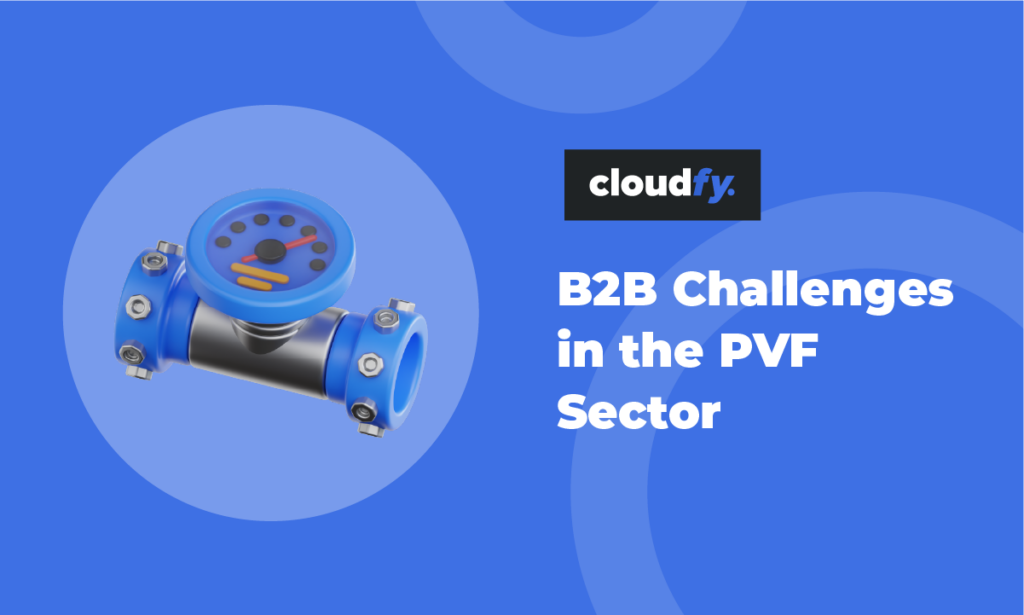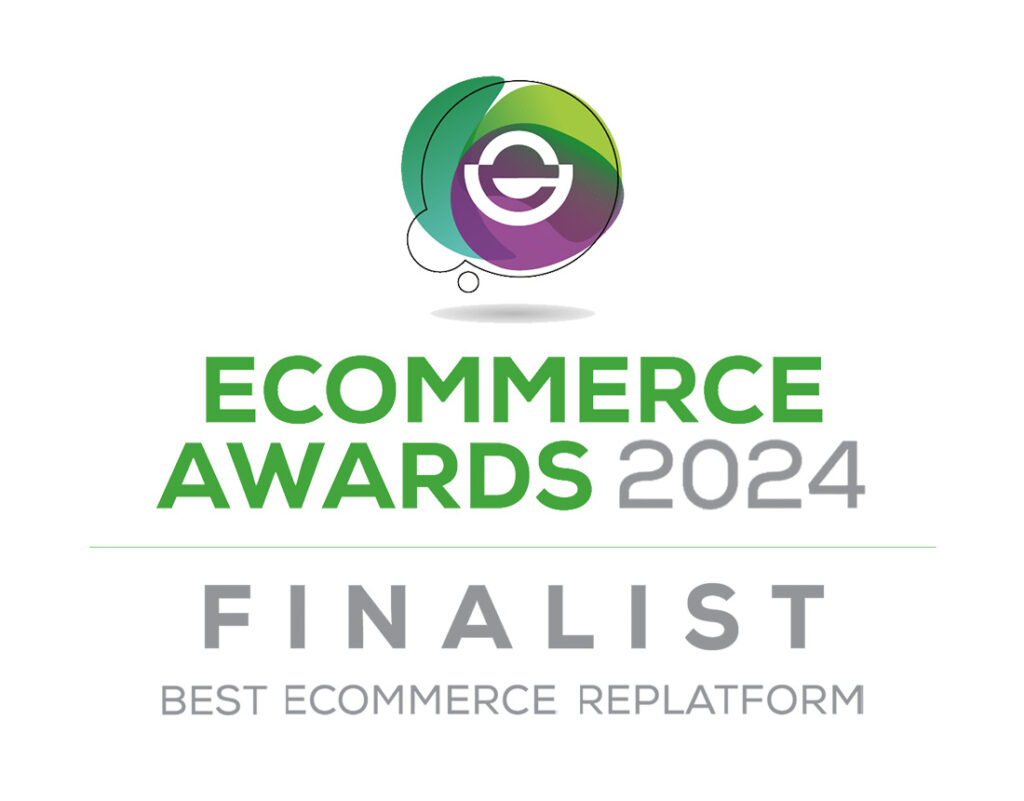As we enter a new decade, we can be certain that everything related to business to business (B2B) ecommerce is developing more quickly than ever before. With each passing day, more buyers are adopting a digital approach, conducting extensive research online, and seeking consumer-like experiences akin to those found on B2C giants like Amazon.
It can be difficult to keep up with all the latest innovations and to plan for your future B2B ecommerce success. To ride this wave of growth, businesses must embrace the challenges that lie ahead and prepare for the inevitable changes. If you haven’t already formulated a robust B2B ecommerce strategy, the time to act is now.
However, the key themes remain the same; improving customer experiences and convenience. Embracing the digital revolution and catering to the preferences of modern buyers are pivotal steps in positioning your business for success in the B2B ecommerce realm. By prioritizing customer experiences, streamlining operations, and capitalizing on technology, you can harness the immense potential of B2B ecommerce and establish your business as a frontrunner in this thriving market.
Here we take a look at five important aspects of B2B ecommerce that will improve your competitiveness in 2023.
Personalized Experiences using customer data and Insights
Data is the backbone of any successful B2B ecommerce venture. Leveraging customer data and insights enables you to create personalized experiences that cater to the unique needs of your B2B clients. Research into the B2B buying process shows that personalization is at the top of the priority list for many B2B customers. Predictive search and artificial intelligence (AI) that enhance buying decisions are important for one in five B2B customers, influencing their choice of preferred supplier. One may consider the following techniques for enhancing personalized experiences for customers:
Customer Segmentation
Categorize your clients into specific segments based on their industry, purchase history, and preferences. This allows you to tailor marketing efforts and offers to resonate with each group.
Personalized Recommendations
Utilize data-driven algorithms to suggest relevant products and services based on past purchases and browsing behavior, increasing cross-selling and upselling opportunities.
Marketing Automation
Implement marketing automation tools to send personalized emails, follow-ups, and promotional offers to target specific customer segments, boosting engagement and conversions.
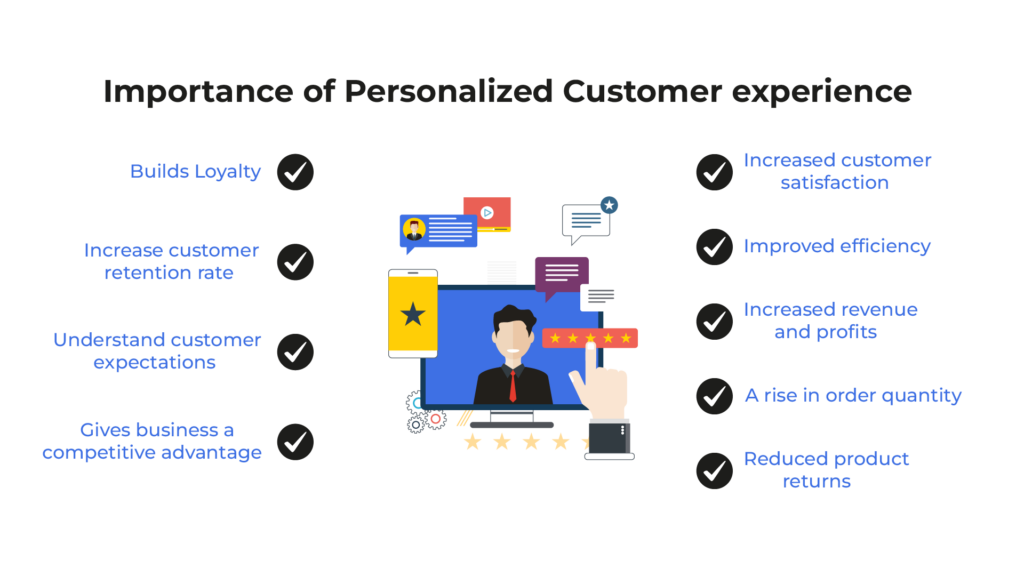
Feedback and Surveys
Gather feedback from your B2B customers regularly to understand their pain points and preferences better. Use this data to refine your offerings and improve the overall customer experience.
Account-Based Marketing (ABM)
Employ ABM strategies to target high-value B2B clients individually, tailoring marketing efforts to meet their specific needs and requirements.
Personalization and predictive analytics will continue to improve this year. Combining browsing behavior, order history, demographics and other available data, B2B ecommerce sites will be able to provide more fully customized online buying experiences.
Users will be able to view customized product catalogs and even entirely personalized websites, navigation and checkout processes – all tailored to their individual needs. Not only will this provide customers with added value and convenience, it will also improve conversion rates and average order values.
To provide this level of personalized experience, your ecommerce site will need to integrate with your enterprise, product management, stock control and logistics systems. With seamless integration and improved data, the personalized experience will become even more accurate and effective.
Optimization of B2B ecommerce Website for streamlining process
Your website serves as the digital storefront of your B2B business. It is crucial to create an intuitive, user-friendly, and visually appealing interface to facilitate seamless transactions and maximize conversions.
Here are some strategies to optimize your B2B website
Clear and Informative Product Pages
Provide comprehensive product information, specifications, pricing, and availability to assist potential customers in making informed decisions.
Voice commerce
Voice commerce is becoming increasingly popular for business to consumer (B2C) shopping and is now influencing expectations for B2B ecommerce.
Streamlined Checkout Process
Simplify the checkout process by reducing the number of steps, offering guest checkout options, and integrating secure payment gateways.
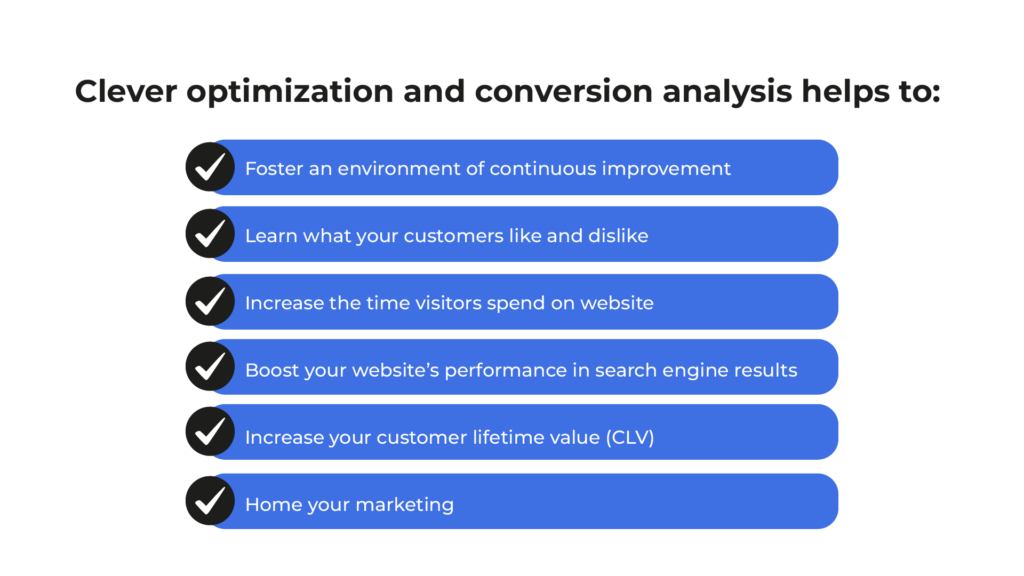
Mobile Responsiveness
Ensure that your website is optimized for mobile devices, as an increasing number of B2B buyers prefer to conduct business on the go.
Personalized Account Dashboards
Create personalized account dashboards for your B2B clients, displaying their order history, preferred products, and relevant recommendations.
Implement Live Chat Support
Offer real-time customer support through live chat to address inquiries and resolve issues promptly, thus fostering customer satisfaction.
Although B2B buying is more complex than B2C shopping, there’s also a significant element of repeat ordering. This could be an ideal starting point, allowing your buyers to place voice orders while they complete other tasks.
Integration of B2B ecommerce Platform for Increased Conversions
Technology integration plays a pivotal role in enhancing the efficiency of your B2B ecommerce operations. By automating various processes, you can save time, reduce errors, and provide a seamless experience to your customers.
Consider the following technology integration options:
Enterprise Resource Planning (ERP) System
Implement an ERP system to integrate and manage crucial business processes, including inventory management, order processing, and accounting, all in one centralized platform.
Customer Relationship Management (CRM) Software
Utilize a CRM system to maintain comprehensive records of customer interactions, enabling your sales and support teams to provide personalized and efficient service.
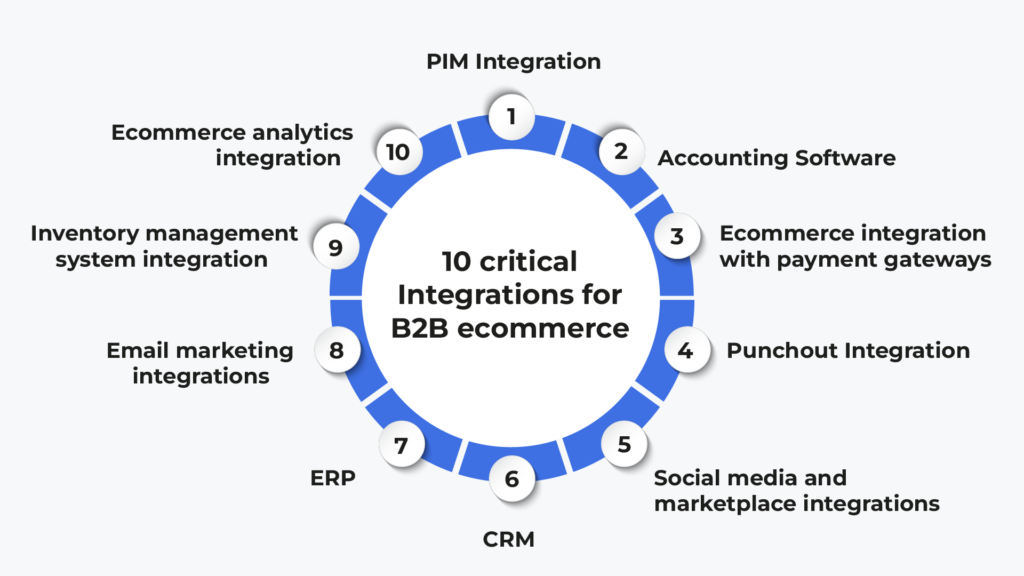
B2B online marketplaces
As B2B ecommerce grows, e-marketplaces like Amazon Business and Aliexpress, along with sector specific marketplaces, are attracting B2B buyers.
Order Management System (OMS)
Streamline order processing and fulfillment by employing an OMS, ensuring timely deliveries and minimizing the risk of errors.
Advanced Analytics Tools
Use advanced analytics tools to gain valuable insights into customer behavior, sales trends, and inventory management, aiding in data-driven decision-making.
API Integration
Integrate your b2b ecommerce platform with third-party applications and services to enhance functionality and provide additional value to your B2B clients.
You can use marketplace connectors to reach new customers who might not have heard of your products or services. If you rank well for keyword searches, pricing and customer reviews, the trust buyers have in these marketplaces will give them confidence to make their first purchase from you.
Enhance Your Online Presence and Reach a Wider Audience
In the competitive world of B2B ecommerce, having a strong online presence is crucial for success.
Here are some effective ways to enhance your visibility and reach a wider audience:
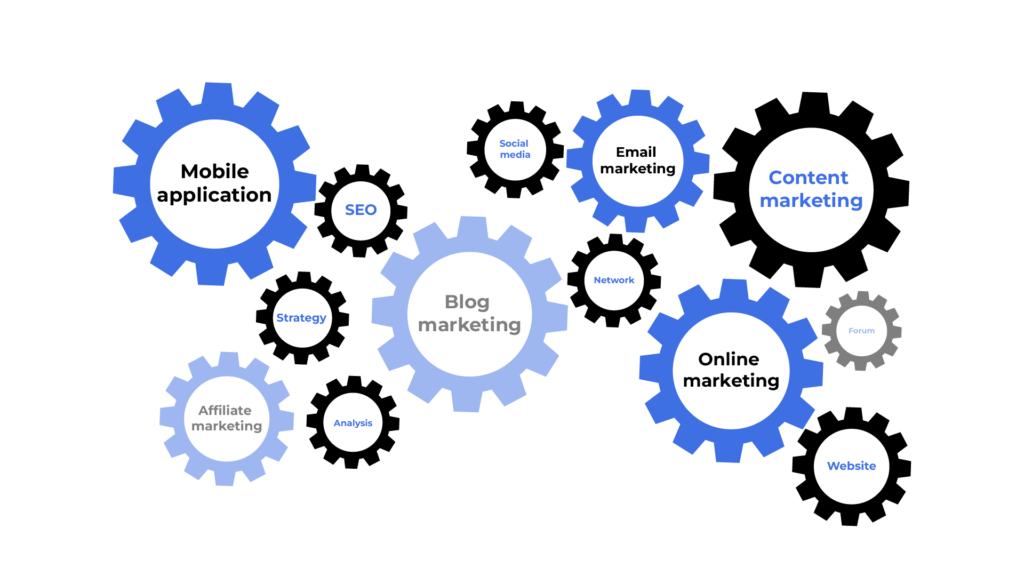
Search Engine Optimization (SEO)
Optimize your website and content with relevant keywords to improve your search engine rankings. This increases the likelihood of potential clients finding your business when searching for relevant products or services.
Eco- ecommerce
All businesses benefit from having a good story to tell about how they’re reducing their environmental impact. Displaying and offering more sustainable options for products, services, delivery and aftercare will give B2B companies a competitive edge this year.
Content Marketing
Create high-quality content, such as blog posts, industry reports, and informative videos, to position your brand as an industry thought leader and attract potential customers.
Social Media Marketing
Leverage social media platforms to engage with your target audience, share valuable content, and promote your products and services. LinkedIn, in particular, is an excellent platform for B2B networking.
Partner with Influencers
Collaborate with industry influencers and authoritative figures to expand your brand reach and credibility, especially if you are targeting niche markets.
Participate in Industry Events
Attend and showcase your brand at relevant trade shows, conferences, and webinars to network with potential clients and establish your business as a trusted player in the B2B space.
You can also use your ecommerce solution to reduce environmental impact and increase the efficiency and cost-effectiveness of your ordering and fulfillment processes. Reporting on how your business is working to reduce emissions and to tackle other environmental issues will improve your reputation.
Implement Efficient Order and Inventory Management
In the B2B ecommerce, efficient order and inventory management are crucial for maintaining smooth operations and delivering exceptional customer experiences. Streamlining these processes can lead to improved customer satisfaction, reduced fulfillment errors, and better inventory control.
Consider the following steps to optimize your order and inventory management:
Real-Time Inventory Visibility
Integrate your B2B ecommerce platform with your inventory management system to provide real-time inventory visibility to customers. This allows them to see product availability, backorder status, and estimated delivery dates. Real-time inventory updates help prevent over-selling and ensure customers have accurate information when making purchase decisions.
Automated Order Processing
Automate your order processing workflow to minimize manual intervention and decrease the chances of errors. From order placement to fulfillment, automation can expedite the process and improve order accuracy. Additionally, automatic order confirmations and shipping notifications keep customers informed and reduce post-purchase anxiety.
Offer Multiple Payment Options
Diverse payment options cater to the preferences of various B2B customers. Alongside traditional payment methods, consider offering credit lines or purchase order options to loyal and high-volume customers. Providing flexible payment choices can enhance the overall purchasing experience and encourage repeat business.
Integrate with Shipping Carriers
Integrate your B2B ecommerce platform with shipping carriers to provide real-time shipping rates and delivery options. This integration ensures customers can choose the most convenient and cost-effective shipping method for their orders. Additionally, tracking information enables customers to monitor the status of their shipments, leading to increased transparency and satisfaction.
Monitor Key Performance Indicators (KPIs)
Regularly monitor essential KPIs related to order fulfillment and inventory management. Metrics such as order-to-ship time, inventory turnover rate, and backorder rates can provide valuable insights into your operational efficiency. Utilize these insights to identify areas for improvement and make data-driven decisions to enhance your business processes continually.
Progressive Web Application (PWA)
PWAs are designed to work across all mobile devices and operating systems. This reduces development time for your business and your customers don’t need to download and install an app. You should consider PWAs for your B2B ecommerce store because they are fast and can even operate when there is poor or no internet access. Performance is improved by ensuring that users only have to load the information they need rather than whole web pages.
In conclusion, the world of B2B ecommerce offers boundless opportunities for businesses willing to adapt and prepare for success. By optimizing your website, leveraging customer data for personalized experiences, enhancing your online presence, and streamlining operations through technology integration, your B2B business can thrive in the digital landscape. Embrace these strategies and techniques to stay ahead of the competition and build strong, long-lasting relationships with your B2B clients. Remember, the key to success lies in understanding and catering to the specific needs of your target audience, providing exceptional customer experiences, and continually evolving with the ever-changing digital landscape.
To find out more about future B2B ecommerce trends speak with one of Cloudfy’s experts today.

